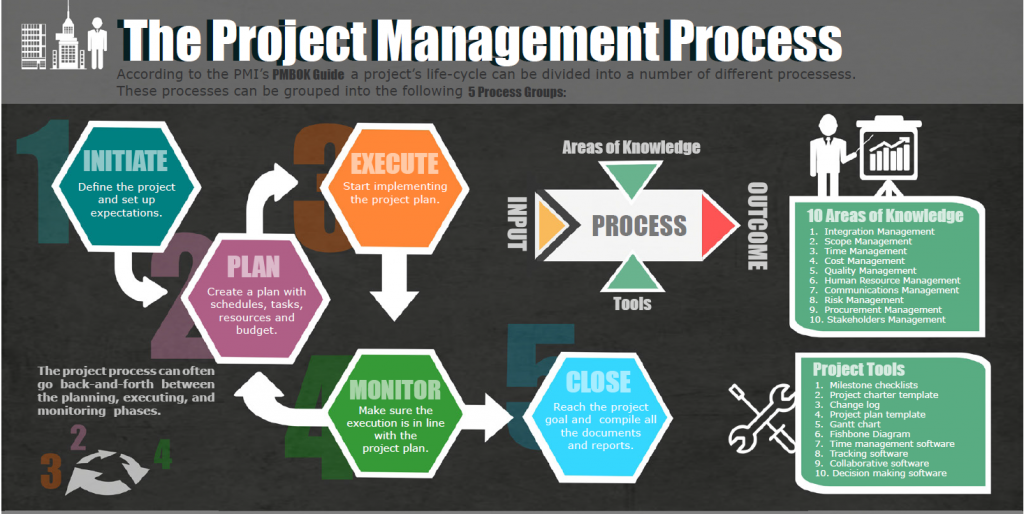

This is why the project triangle is often called the iron triangle of triple constraints. These two relationships can't be altered-nothing you can do will make it possible to change one variable without causing a corresponding change, either directly or inversely, in the other two points on the triangle.

If costs need to be cut, then deadlines will have to be extended but if you encounter a sudden time crunch, you’ll need extra budget to adjust to shorter timelines. These two factors move in opposite directions. The second type of relationship is the relationship between time and cost, which is an inversely proportional relationship. If the triangle breaks-that is, if one point is moved without adjusting one or both of the other points along with it-the quality of the project will suffer. The triangle demonstrates how these three variables are linked-if one of the variables is changed, the other two must be adjusted in order to keep the triangle connected. The project management triangle is made up of three variables that determine the quality of the project: scope, cost, and time. It’s the project manager’s job to balance all three elements in order to keep their project within budget and on deadline while still fulfilling the specifications of the project’s scope.īelow we break down and examine the three points of the project management triangle, how they’re related, and how project managers can keep them in balance to ensure project success. No single variable of the project triangle can be changed without making tradeoffs with the other two points of the triangle. Every project manager who has known the frustration of trying to keep their team productive with too little time, not enough budget, and an impossibly large scope has experienced the project management triangle in action. The project management triangle visualizes the problem of “triple constraints”-the need to balance scope, cost, and time in order to maintain a high-quality final product.


 0 kommentar(er)
0 kommentar(er)
